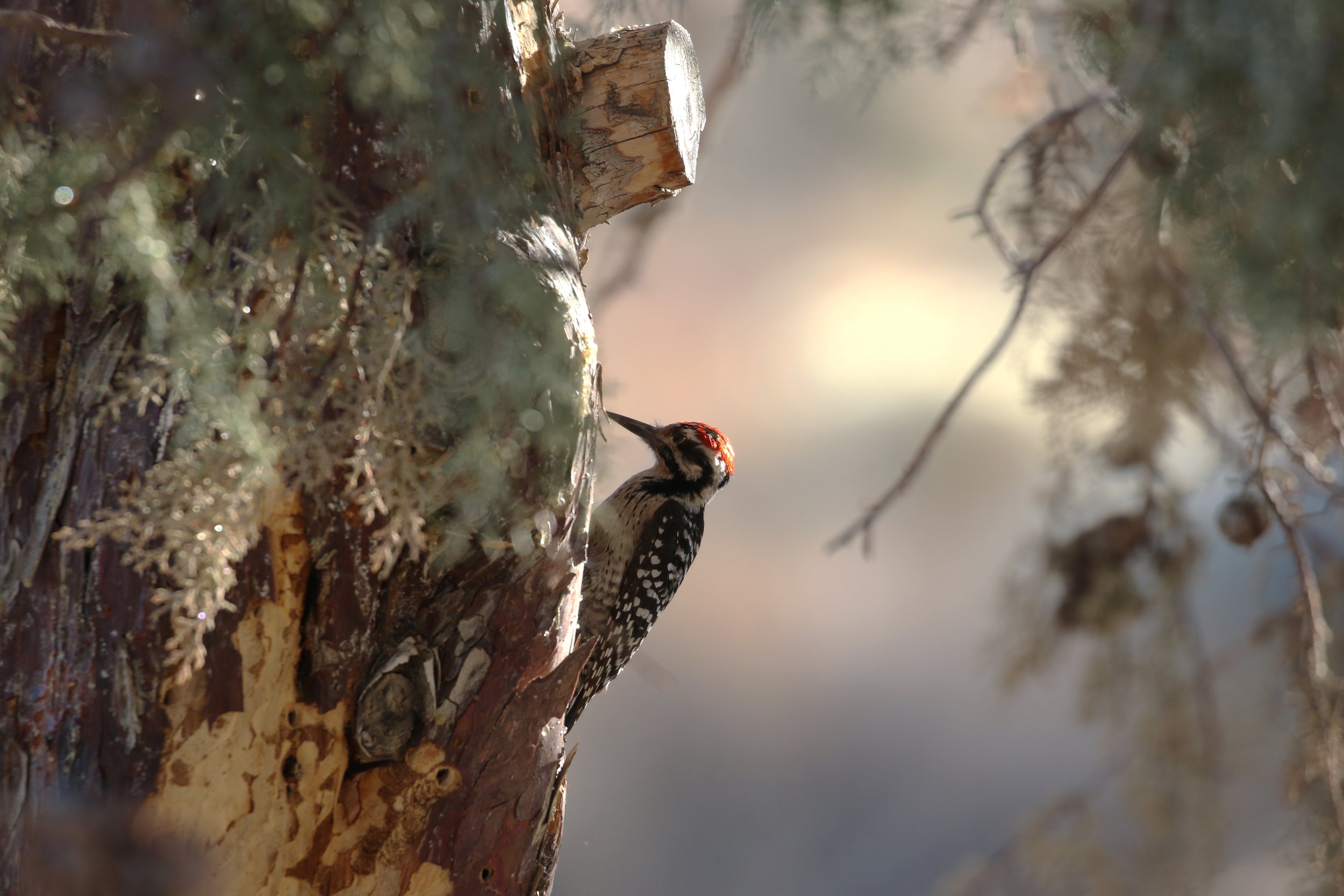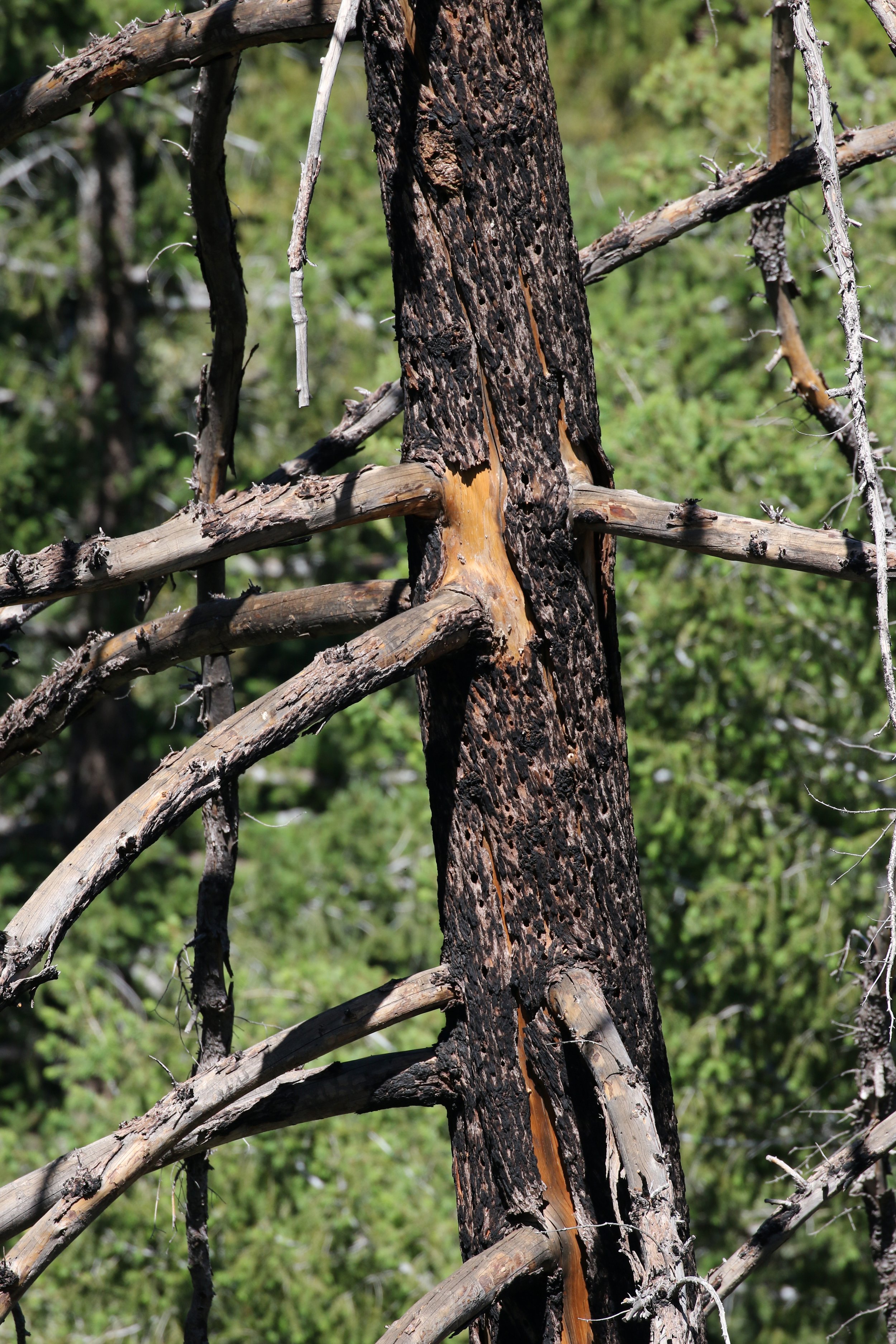Wellness Interior Designer Achieves California Naturalist Certification
/Ladder-backed woodpecker (Dryobates scalaris) located in Sequoia National Park, California.
Variable checkerspot (Euphydryas chalcedona) located in Angeles National Forest, California.
In partnership with the Los Angeles Arboretum Foundation and UC Davis, the program offers an opportunity for California residents to study the state's diverse ecology while becoming engaged in its preservation. The course educates and encourages a range of environmental advocacy through a series of lectures, field experience, community engagement, and group projects. Working closely with local nature centers and resources, Naturalists learn more about their local environment and engagement opportunities.
Acorn Woodpecker (Melanerpes formicivorus) granary. Redbox Picnic Area, Angeles National Forest, California.
The course explores topics ranging from local insects, birds, mammals, grasses, and flowering plants to the impacts of fire, development, and invasive plant species, focusing on the importance of biodiversity as a foundation for our environmental health and wellbeing. As an extension of the course, Barnard was inspired to support the Sierra Club's "Stop Clearcutting" campaign to highlight ecological destruction and the necessity of protecting biodiverse environments.
Cyprus tree branch (Subfamily Cupressoidae) located in Sequoia National Park, California.
Clearcutting involves logging natural forests, replacing a diverse range of plant life with a monoculture of trees inferior to the supportive ecosystem of a healthy, biodiverse forest. Removing and replacing existing forests can increase wildfire danger, accelerate climate change, degrade water, and threaten wildlife.
Burned tree located in the Redbox Picnic Area, the site of the 2020 Bobcat Fire in the Angeles National Forest.
Utilizing her skills as an artist in support of the mission of the Sierra Club, Barnard hopes to draw attention to the hazardous environmental impact of clearcutting by contributing photography to the campaign, including California flora, fauna, and funga from Sequoia National Park and the Angeles National Forest. She will be continuing to document forests, bodies of water, and wildlife for the organization throughout the coming year.
Introduced Spanish broom (Spartium junceum) behind a burned tree located in Angeles National Forest, California.
Barnard's practice and work focus on a holistic approach to wellness and sustainability. Her work as a naturalist supports her interior design intent, creating spaces that celebrate nature while considering its preservation.
Burned Manzanita (Arctostaphylos) located in Angeles National Forest, California.
"I've always understood the complexity of our ecosystem and how one living thing may affect another. However, I underestimated the staggering extent of loss that has already occurred and how essential land preservation is as a foundation for greater natural preservation. While we can and should advocate for protecting crucial wildlife like birds, butterflies, and bees, a thriving and protected ecosystem is a necessary underpinning for all natural preservation. I felt drawn to the Sierra Club's prioritization of land conservation in their Stop Clearcutting campaign and their efforts to educate and advocate."
Striped Racer (Masticophis lateralis) located in Angeles National Forest, California.
Barnard advocates for environmentally compassionate design as part of a conscious and inclusive process. She shares her passion for the environment and encourages sustainable design practices through her writing, speaking engagements, and Kale Tree, where she develops sustainable home goods and furnishings.
Wolf Lichen (Letharia vulpina) located in Sequoia National Park, California.
Western Columbine (Aquilegia formosa) located in Los Angeles, California.
Sarah Barnard, WELL AP + LEED AP, is a leading designer of personalized, sustainable spaces that support mental, physical, and emotional wellbeing. An advocate for consciousness, inclusivity and compassion in the creative process, Sarah’s work has been recognized by Architectural Digest, Elle Décor, Vogue, HGTV, and many other publications. In 2017 Sarah was recognized as a “Ones to Watch” Scholar by the American Society of Interior Designers (ASID).











